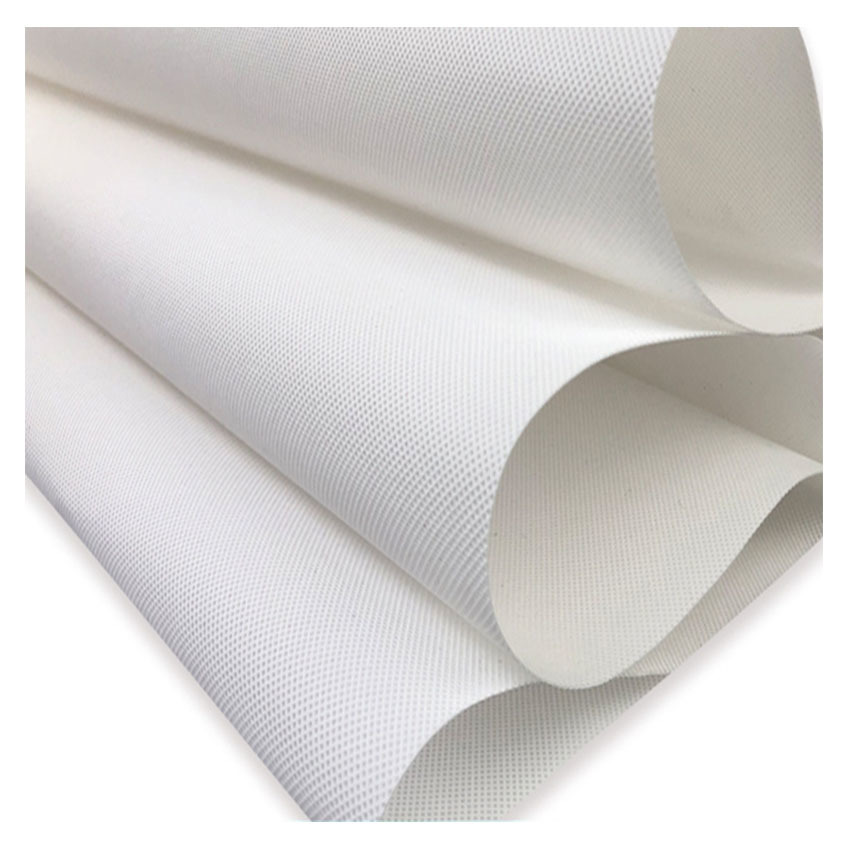
Non-woven industry development is a product that emerged out of the petrochemical industry following the invention of plastic cloth (film). It is less heavy than plastic cloth and provides better airflow. It is extensively used in personal hygiene and medical items, such as facial towels, filters, and sanitary napkins. Later, the technology was further developed, and later utilized in engineering. Non-woven fabrics are used in vegetable production to guard against damage from cold. Although the production of non-woven fabrics is more complex than the production of plastic film, the fundamental raw materials are virtually the same. These comprise PE (polyvinylchloride), EVA, Ethylene Vinyl Acetate copolymer), EVA and PVA (polyvinyl alcohol). By inflating the traditional plastic film using heat, it produces an extremely thin film. It is a continuous film. It can stretch endlessly. The surface of the film is free of pores. It is a completely impermeable film which blocks the flow and exchange of any molecules across the film. With the development of the textile industry synthetic chemical fibers made of the mentioned ingredients became the new darlings of the business of textiles. These chemical fibers can still be made into cloth using traditional weaving techniques like warp and weft. The non-woven fabric is created by interconnecting fibers in the same plane and at different angles across all directions. It's not possible to make use of traditional weaving and warp methods. It is a superior material over traditional woven fabrics. The production process can be complete from the raw materials to finished products in one step. It's cheaper than traditional weaving, which requires drawing fibers into yarn and weaving. In the last few years, nonwoven materials have been used extensively in the apparel business. The development of production technology and improved material science have made non-woven fabric more flexible and extensively used in recent years. There are numerous different materials and products that can be used in daily life. The expansion of the use of non-woven fabrics in agriculture is mainly due to their lightness, easy production, low cost, diversity, and wide variety of uses. See this non woven weed control fabric for more information.

Non-woven textiles for use in agriculture. Applications of Non-Woven fabrics used in agriculture. Non-woven fabrics were initially utilized in Europe to keep carrots safe for early harvesting. Also, to stop whiteflies and tomato leaf virus, non-woven fabrics were first introduced to Europe to the agricultural industry in 1978. Non-woven fabrics can be employed to mulch tomatoes, sweet peppers, and sweet potatoes, along with root vegetables, carrots, and carrots. They also aid in the development of other vegetables such as lettuce, cabbage, radishes, and lettuce. They are mostly used for heat preservation, early harvesting, and for insect control. Non-wovens are a great way to cover grass-proof mats , and increase soil temperature. Short fiber is also used to make water-absorbing blankets. These are placed on nursery beds so that the roots are able to fully absorb any water. They can also serve as the primary medium for the turf production process. They can also be used to plant large woody plants, such as garden trees and fruit trees, preventing weeds and retaining moisture. In Taiwan along with the previously mentioned purposes, non-woven fabrics are employed in crop covering. They are also widely used in the environmental control of large greenhouses to save energy. Double-layered coverings and canopy curtains help reduce heat loss and radiation in the evening. High-density spun-bonded nonwoven TAVIK fabrics were used in the beginning to shade and protect cauliflower bulbs. Because of its superior shading capability, its lower thermal conductivity and easy recycleability, it quickly accepted by farmers. Then, it was used for the preservation of heat and insect-proof cultivation of leaf vegetables and the preservation of heat and shade and cultivation of fruit trees and pineapples. Due to Taiwan's unique climate and ecology the development of the non-woven industry has been slow. Taiwan's nonwoven fabric manufacturers are constantly innovating in nonwoven technology. This is a case of air permeability, absorption of water as well as water repellency. It is used in preservation and storage of agricultural products. Check out this wholesale agriculture non woven fabric for recommendations.
